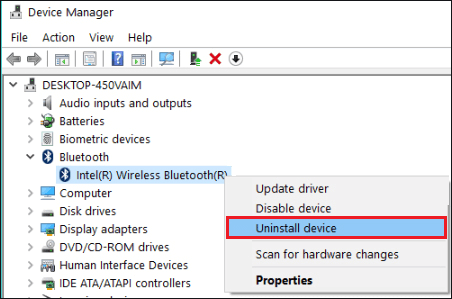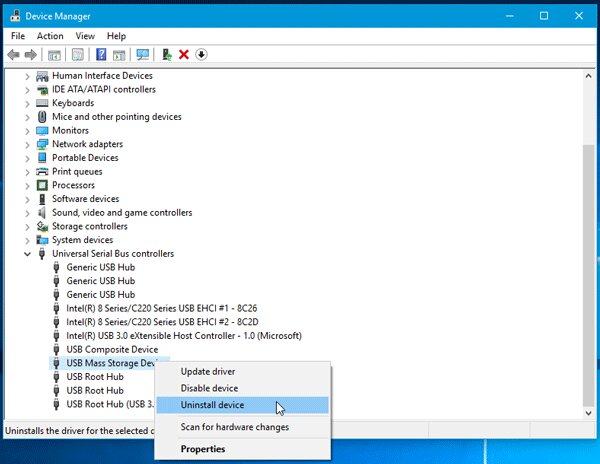

- Encryptstick uninstall device registration verification#
- Encryptstick uninstall device registration password#
- Encryptstick uninstall device registration license#
System requirementsīitLocker has the following hardware requirements:įor BitLocker to use the system integrity check provided by a TPM, the computer must have TPM 1.2 or later versions.
Encryptstick uninstall device registration license#
The following table lists the Windows editions that support BitLocker enablement: Windows ProīitLocker enablement license entitlements are granted by the following licenses: Windows Pro/Pro Education/SEįor more information about Windows licensing, see Windows licensing overview. Windows edition and licensing requirements Repair-bde is provided for disaster recovery scenarios in which a BitLocker-protected drive can't be unlocked normally or by using the recovery console. Both manage-bde and the BitLocker cmdlets can be used to perform any task that can be accomplished through theīitLocker control panel, and they're appropriate to be used for automated deployments and other scripting scenarios. BitLocker Drive Encryption Tools include the command-line tools, manage-bde and repair-bde, and the BitLocker cmdlets for Windows PowerShell. Viewing recovery passwords can only be viewed by domain administrator or having delegated permissions by a domain administrator.īitLocker Drive Encryption Tools.
Encryptstick uninstall device registration password#
Additionally, a domain container can be searched for a BitLocker recovery password across all the domains in the Active Directory forest by right clicking on the domain container. The BitLocker Recovery Password Viewer tool is an extension for the Active Directory Users and Computers Microsoft Management Console (MMC) snap-in.īy using this tool, a computer object's Properties dialog box can be examined to view the corresponding BitLocker recovery passwords. This tool can be used to help recover data that is stored on a drive that has been encrypted by using BitLocker. The BitLocker Recovery Password Viewer enables the BitLocker Drive Encryption recovery passwords that have been backed up to Active Directory Domain Services (AD DS) to be located and viewed. There are two additional tools in the Remote Server Administration Tools that can be used to manage BitLocker.īitLocker Recovery Password Viewer. BitLocker also helps render data inaccessible when BitLocker-protected computers are decommissioned or recycled. BitLocker helps mitigate unauthorized data access by enhancing file and system protections. Practical applicationsĭata on a lost or stolen computer is vulnerable to unauthorized access, either by running a software-attack tool against it or by transferring the computer's hard disk to a different computer. These additional security measures provide multifactor authentication and assurance that the computer won't start or resume from hibernation until the correct PIN or startup key is presented. In addition to the TPM, BitLocker offers the option to lock the normal startup process until the user supplies a personal identification number (PIN) or inserts a removable device (such as a USB flash drive) that contains a startup key.
Encryptstick uninstall device registration verification#
Both options don't provide the pre-startup system integrity verification offered by BitLocker with a TPM.

Starting with Windows 8, an operating system volume password can be used to protect the operating system volume on a computer without TPM. However, this implementation requires the user to insert a USB startup key to start the computer or resume from hibernation.

On computers that don't have a TPM version 1.2 or later versions, BitLocker can still be used to encrypt the Windows operating system drive. It works with BitLocker to help protect user data and to ensure that a computer hasn't been tampered with while the system was offline.

The TPM is a hardware component installed in many newer computers by the computer manufacturers. BitLocker overviewīitLocker Drive Encryption is a data protection feature that integrates with the operating system and addresses the threats of data theft or exposure from lost, stolen, or inappropriately decommissioned computers.īitLocker provides the maximum protection when used with a Trusted Platform Module (TPM) version 1.2 or later versions. This article provides a high-level overview of BitLocker, including a list of system requirements, practical applications, and deprecated features.


 0 kommentar(er)
0 kommentar(er)
